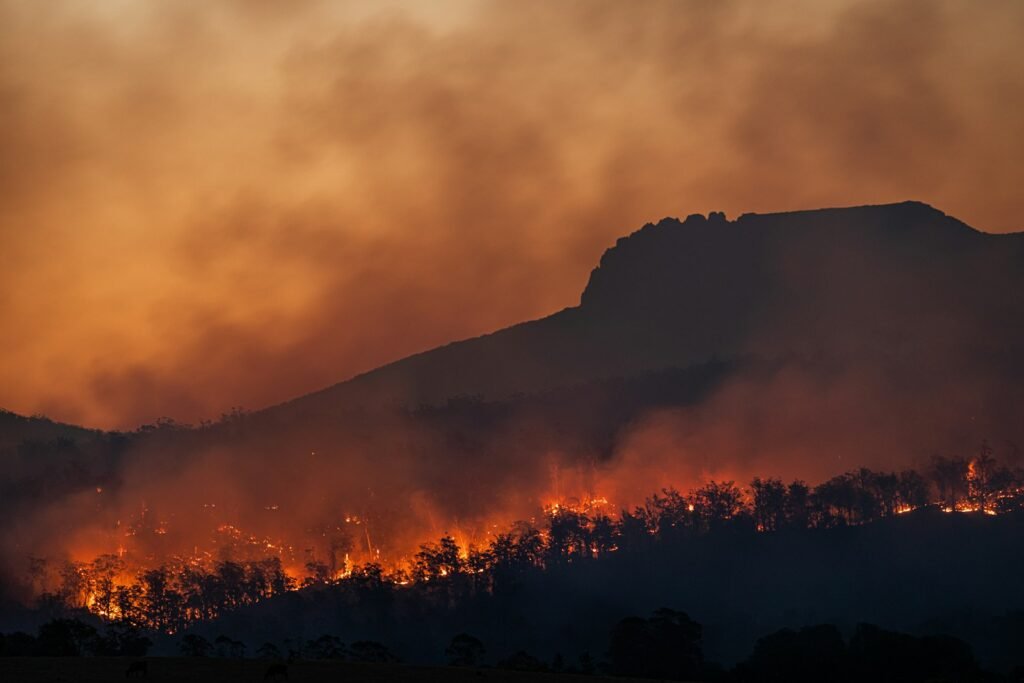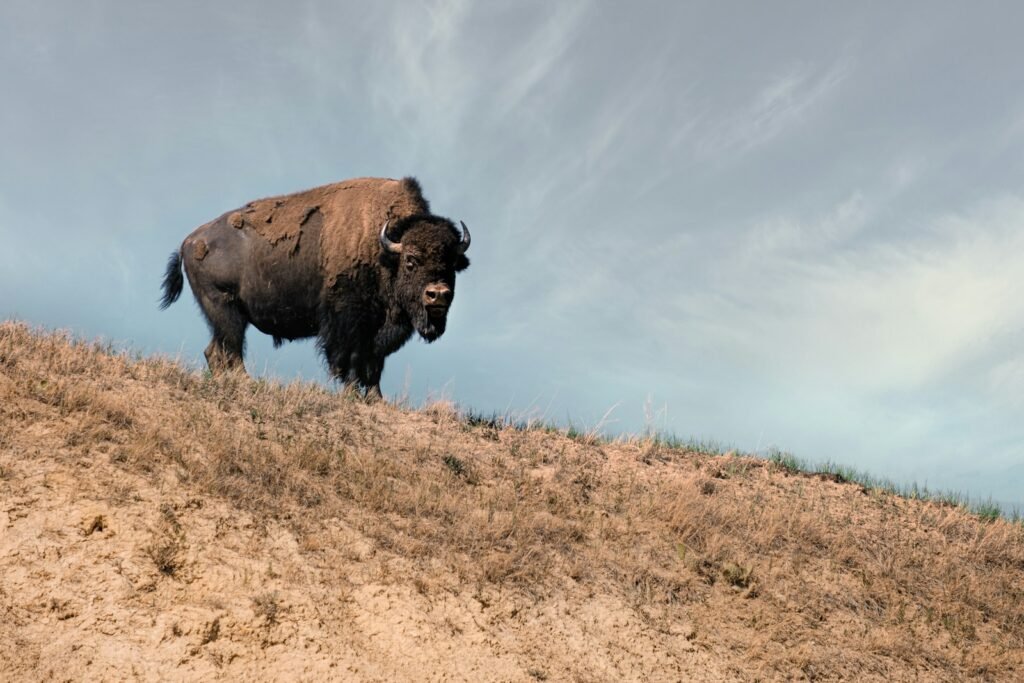I remember the first time I stood at the edge of a burn scar in the Sierra foothills and felt the ground radiate heat hours after sundown. That visceral heat tells a bigger story: California’s fires aren’t just more frequent; they’re behaving differently, with longer seasons, faster runs, and more stubborn nights. Scientists have pieced together a clear signal from weather records, satellite data, and fieldwork that explains why flames now routinely outrun old playbooks. The drivers – hotter temperatures, drier fuels, and a century of suppression – have stacked the deck toward extremes while millions of people live closer to ignition sources. The result is a new fire reality that is still unfolding and forcing tough choices about how we build, manage forests, and breathe during summer and fall.
The Hidden Clues
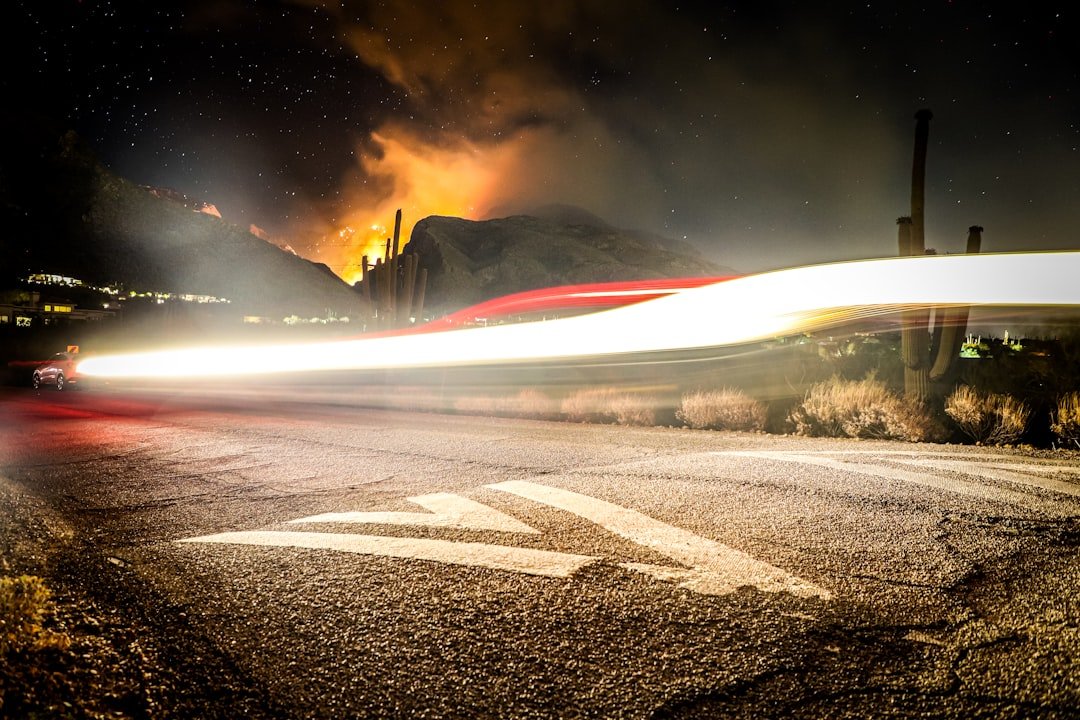
Walk a recently burned hillside and you’ll notice clues that rarely made headlines a generation ago: ash that stays warm overnight, tree crowns torched uniformly, and soil baked into a crust that sheds water. Those signs match what instruments have been measuring – warmer nights, lower humidity recovery after sunset, and a rising vapor pressure deficit that sucks moisture from vegetation like a hair dryer. Researchers connect these clues to a longer window of flammability, where grasses cure earlier in spring and woody fuels hold less water even after short rain bursts. I’ve watched manzanita sprout from blackened stems while adjacent conifers, already drought-stressed, snap like dry pretzels months later. That mixed outcome – resprouting shrubs alongside dead, standing timber – amplifies the next fire by adding kindling low to the ground and ladders into the canopy. It’s a feedback loop written into the landscape, visible if you know how to read the burn.
The Climate Signal
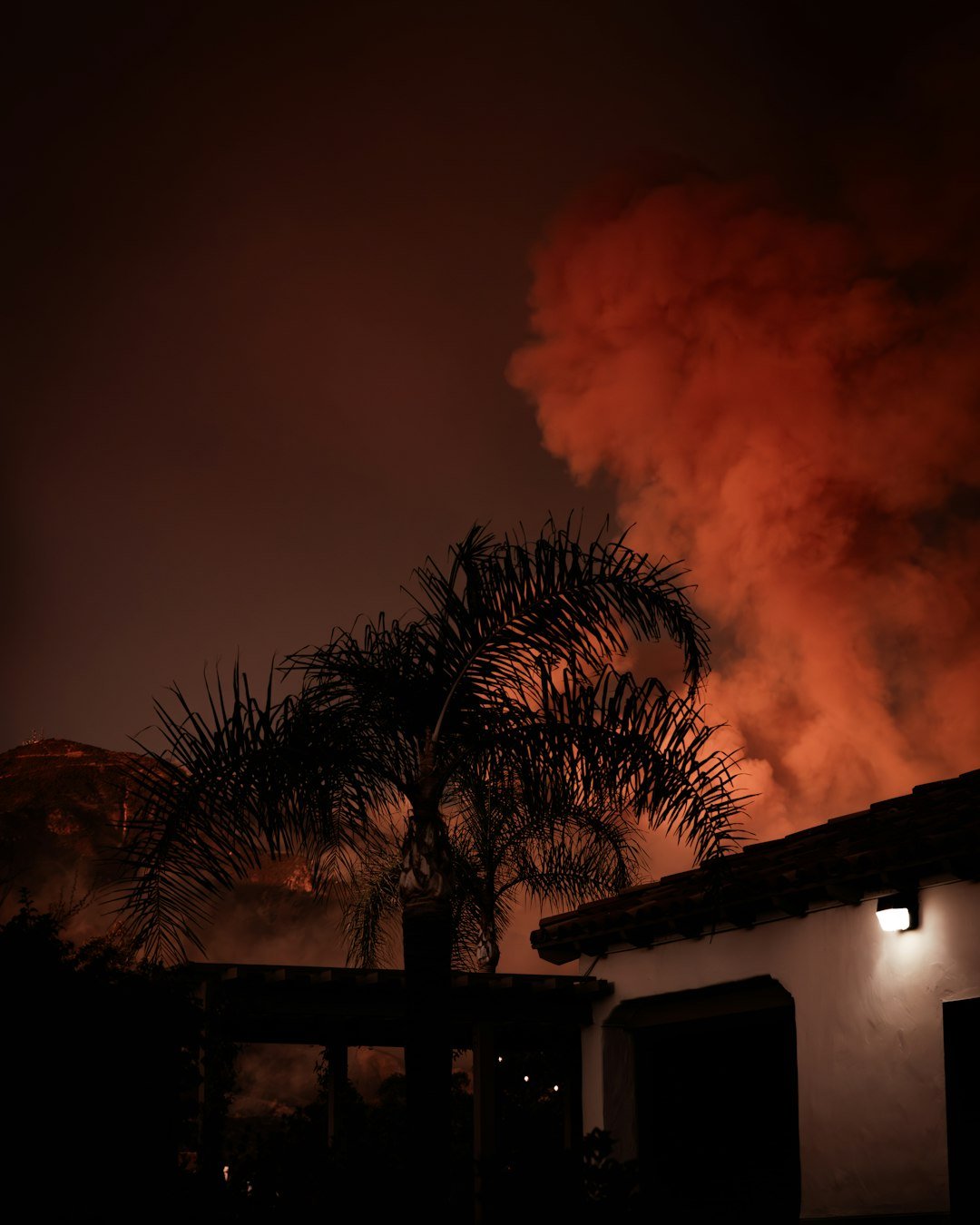
California has always burned, but the thermostat has been nudged higher and the air made thirstier, transforming routine fire weather into prolonged stress. Warmer temperatures drive evaporation, reduce soil moisture, and elevate vapor pressure deficit, which collectively dry fuels and extend the season from what was once a late-summer peak toward a near year-round threat. Scientists point to fewer cool, wet days to reset moisture in heavy logs and deep duff, meaning fires can smolder longer and reignite under a breeze. Heatwaves now cluster, compressing recovery time for firefighters and erasing the once-reliable nighttime lull. Even small sparks find ready pathways when spring greens crisp early and autumn storms arrive later. The climate signal doesn’t light the match, but it primes the stage so more ignitions become fast-moving fires.
From Ancient Tools to Modern Science
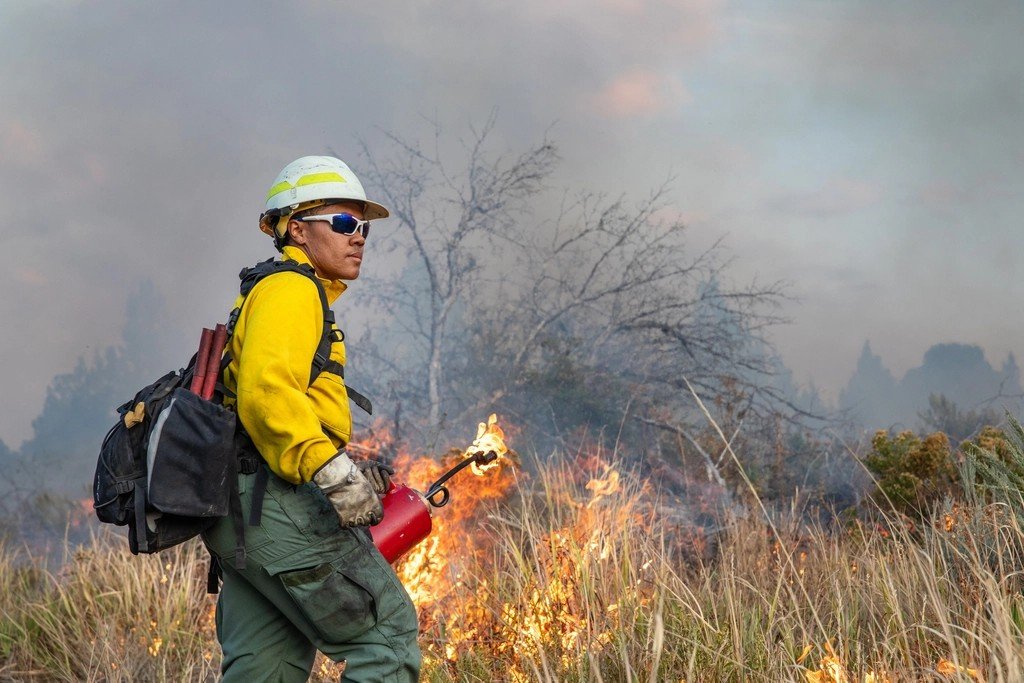
Long before modern agencies, Indigenous communities used cultural burning to keep fuels patchy and low, promoting food species and protecting villages. A twentieth-century pivot to aggressive suppression interrupted that rhythm, allowing dense thickets and ladder fuels to fill in across many forests. Today’s science is, in a way, catching up to that older wisdom while adding high-resolution tools: satellites that map fuel moisture from space, LiDAR that reveals canopy structure, and machine learning that forecasts fire spread in changing weather. Field crews pair drip torches with moisture probes, testing how prescribed fire behaves across slope and aspect. The lesson is sobering and practical – patchwork mosaics from frequent, low-intensity burns limit the reach of future flames. Re-establishing that mosaic at the scale needed is a multi-decade project, but it’s one of the few strategies with both historical precedent and scientific backing.
The Human Footprint
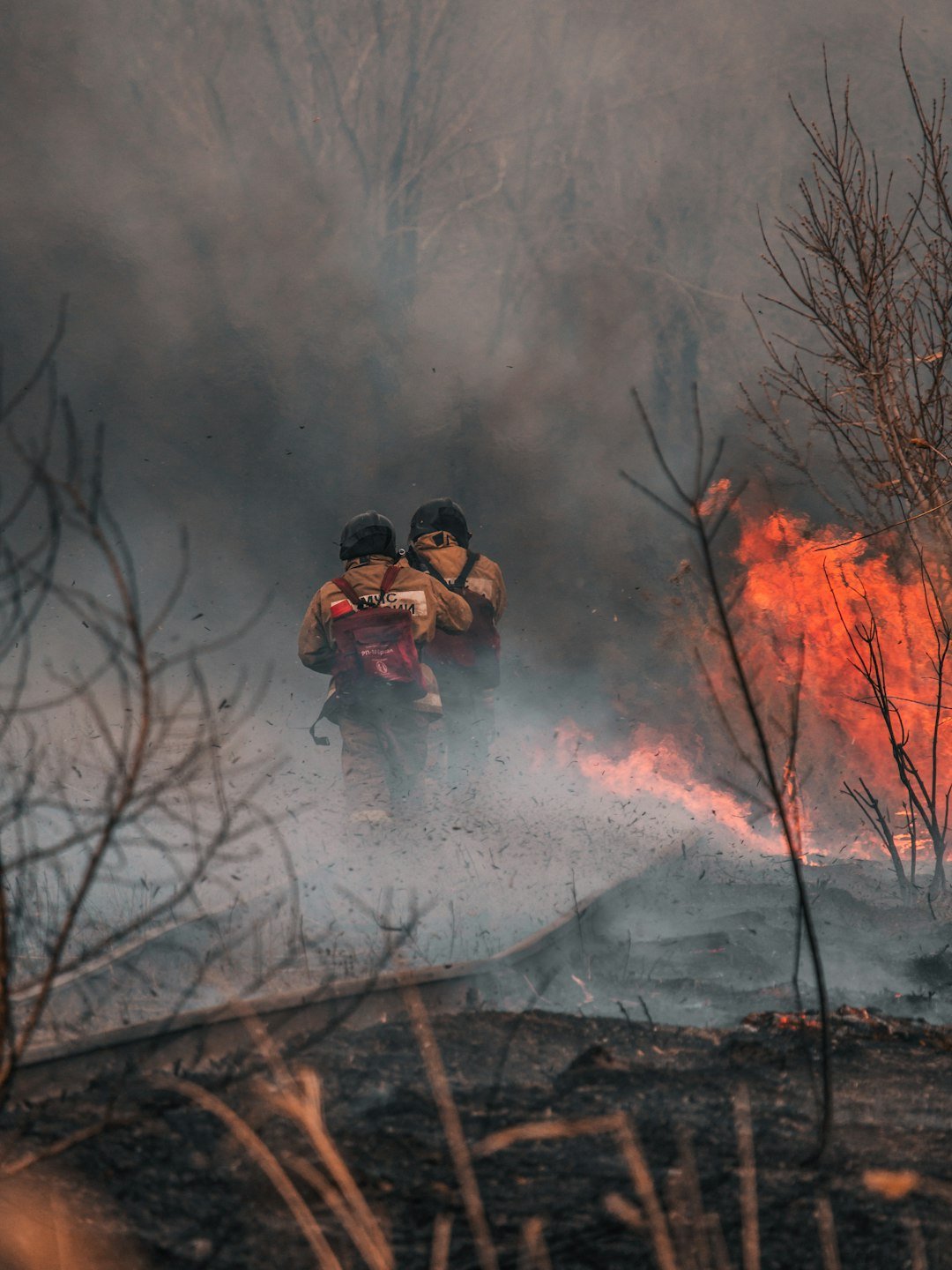
The vast majority of ignitions in California start from human activity, whether from power lines, equipment, or small mistakes that spiral under dry, windy conditions. That risk is magnified in the wildland–urban interface, where homes press into brushy canyons and oak woodlands that evolved with fire. More people living in flammable places means more potential sparks and far higher consequences when a fire takes off. Utilities now shut off power during severe wind events to prevent line-caused starts, a drastic step that underscores how fragile the system can be under extreme weather. Meanwhile, vehicles, lawn equipment, and even hot exhausts can toss embers into roadside grasses that behave like fuses. Reducing ignitions isn’t abstract – it’s the most immediate lever Californians can pull, and it works the moment a spark never happens.
The New Fire Behavior
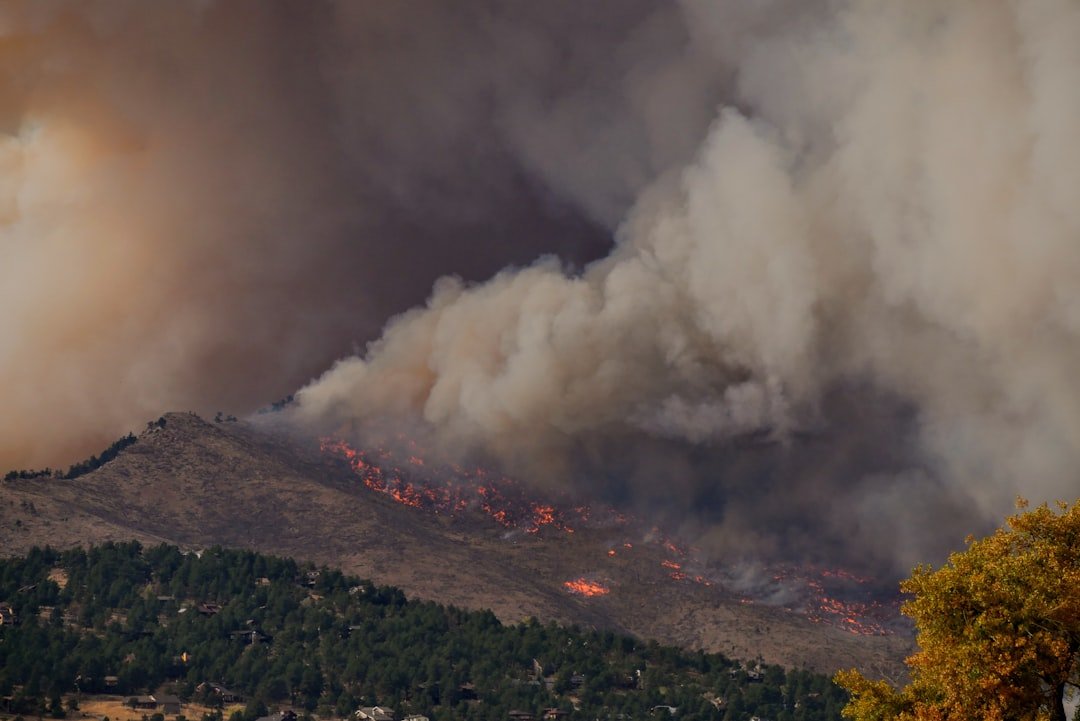
What shocks many firefighters is how some fires stay active through the night, when humidity used to rise and growth would slow. Nights are warmer, and offshore wind events can dry the air to a crisp, allowing flames to keep chewing through fuels and spotting embers far ahead. Aided by steep terrain and aligned winds, embers can leap valleys, igniting roofs or decks and complicating evacuation routes. Under the most intense conditions, fires generate towering plumes that behave like their own weather systems, lofting embers high and pushing erratic, hard-to-predict runs. Shrublands can recover quickly and burn again, while conifer stands, stressed by heat and insects, may convert to shrub fields after severe crown fires. The pattern is not chaos; it’s a physics problem under new boundary conditions, and the solution requires changing those conditions where we can.
Why It Matters
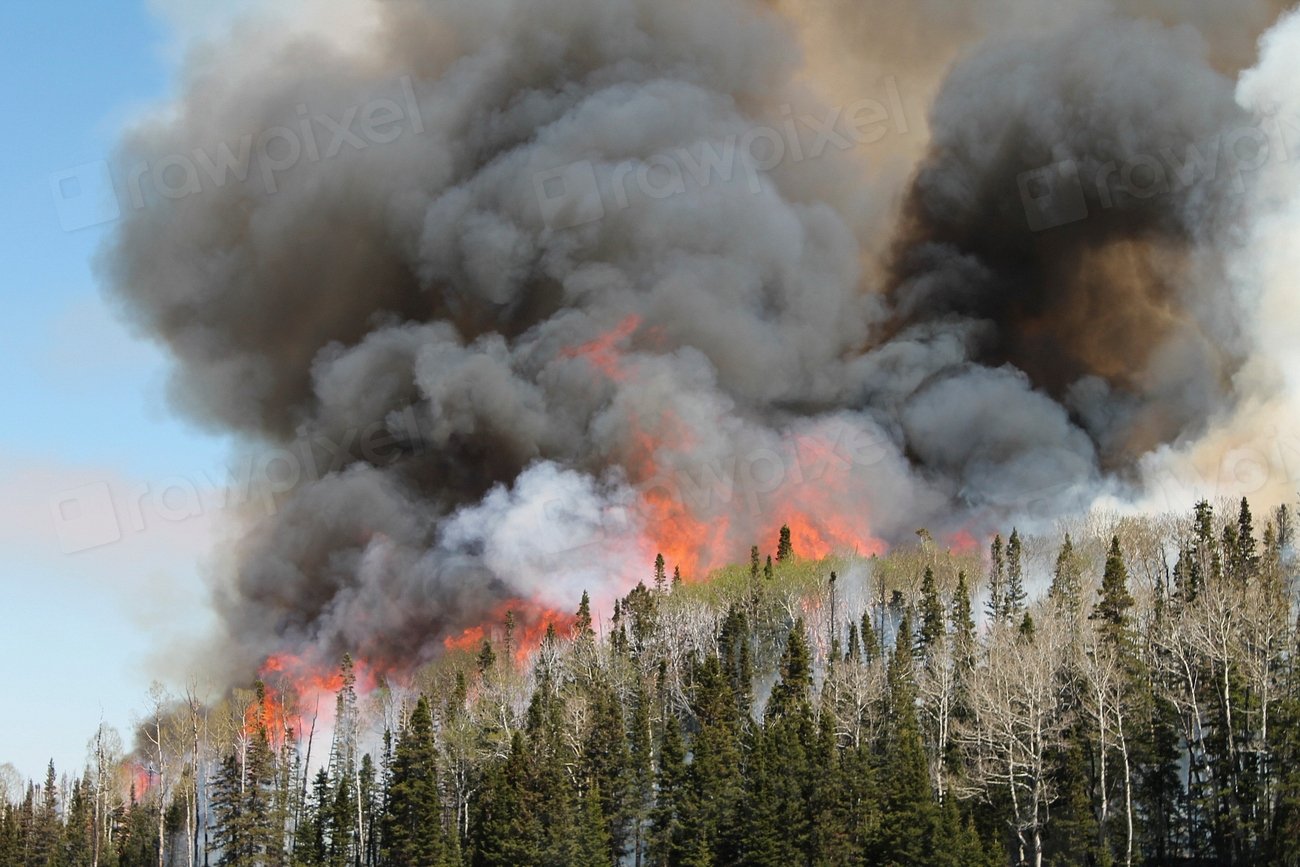
The stakes go well beyond acres burned. Smoke carries fine particles that penetrate deep into lungs, raising health risks for infants, elders, and people with cardiovascular disease, and those effects can spread hundreds of miles downwind. Schools and workplaces lose days to poor air, while local economies struggle with closures, insurance volatility, and the high cost of hardening homes and utilities. Watersheds take hits when burned soils repel rain, sending ash and sediment into reservoirs and drinking supplies. Electricity grids face a double bind: high demand during heatwaves and the need to avoid sparks when winds rise. This is ultimately a public health, infrastructure, and equity story, not just an emergency-response story, and treating it that way leads to better choices.
The Future Landscape
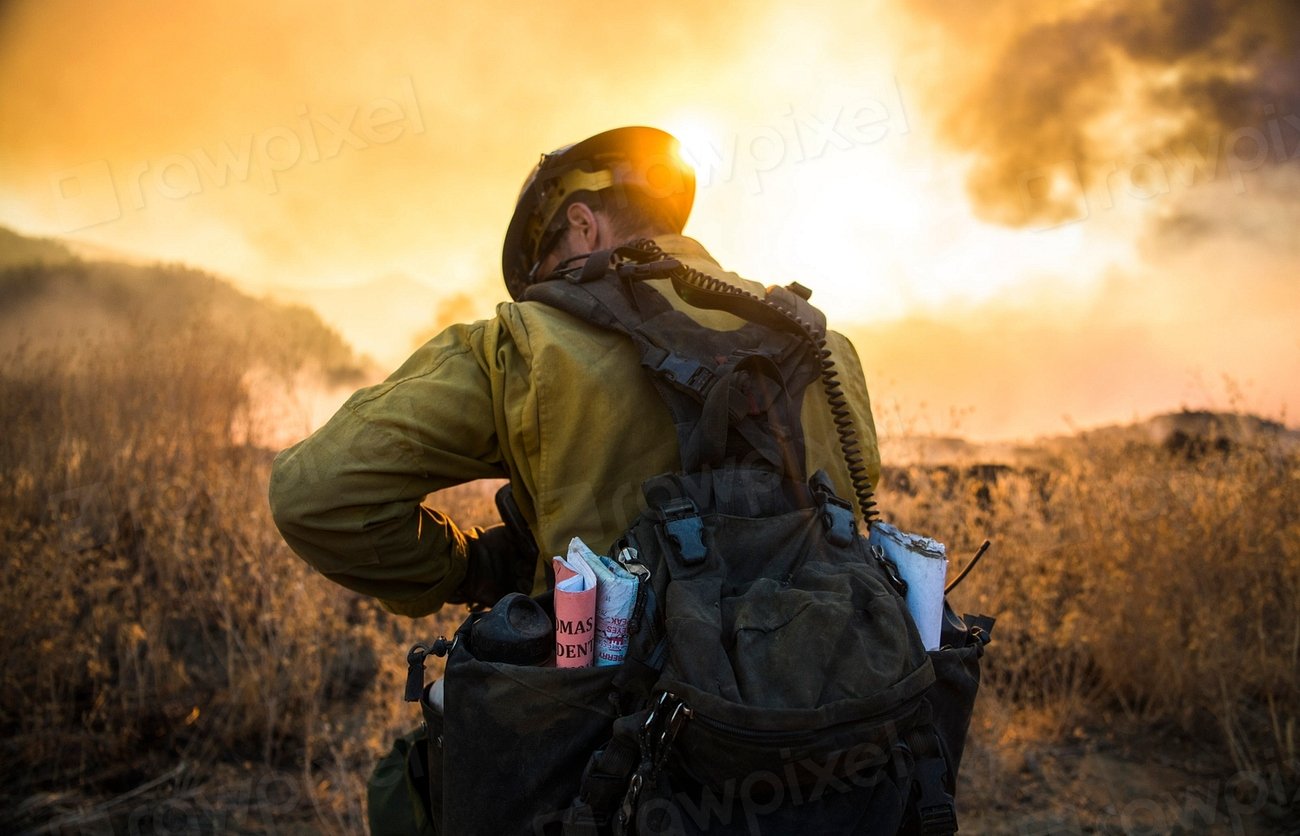
Scientists and land managers are converging on a portfolio approach that accepts fire as inevitable but aims to reshape its character. Prescribed fire and cultural burning reduce surface fuels and break up continuity, while mechanical thinning in overstocked forests lowers ladder fuels that push flames into canopies. New detection networks – mountain ridge cameras, satellite thermal sensors, and lightning mappers – spot starts earlier so crews can move fast on days when conditions allow. Building codes and home-hardening standards, from ember-resistant vents to noncombustible five-foot zones around structures, shift outcomes at the parcel scale. Insurers and communities are experimenting with neighborhood-level retrofits so risk reductions add up instead of relying on isolated homeowners. None of this eliminates large fires under severe weather, but together these steps can bend the curve toward fewer disasters.
Conclusion
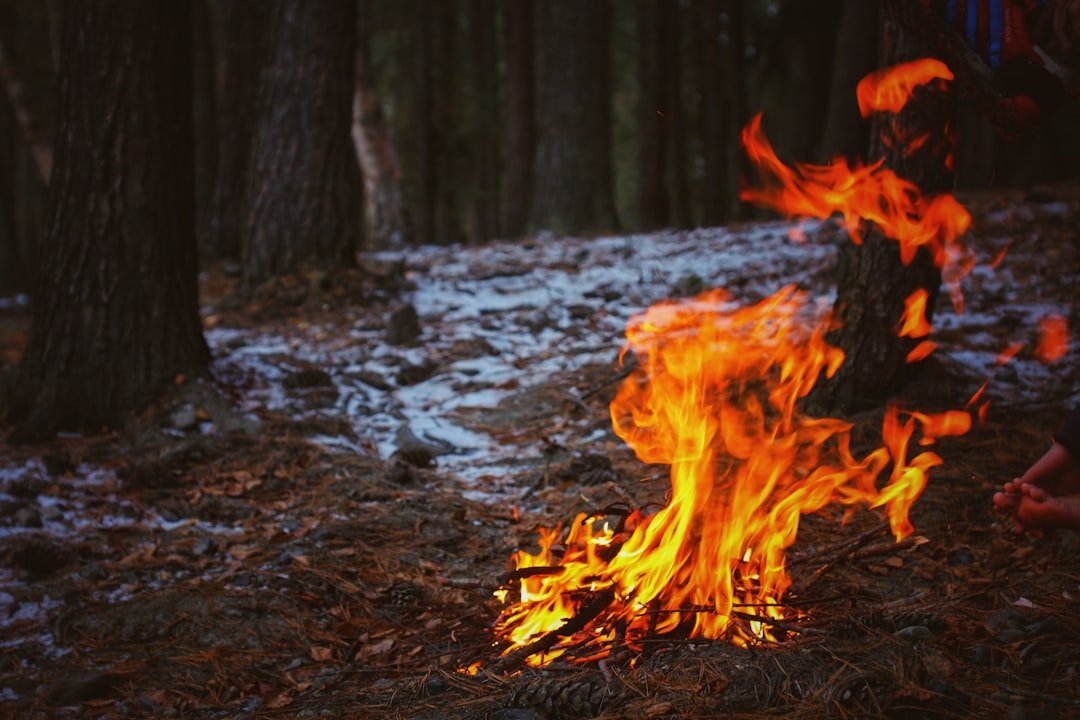
There are immediate, practical steps that help. Start with the home: a Class A roof, cleaned gutters, sealed eaves, and a clear buffer around walls can decide whether embers take hold. Swap out wood fences that connect to the house, store firewood well away from structures, and replace flammable mulch near foundations with gravel or hardscape. Get familiar with local alerts, evacuation routes, and go-bags so decisions are faster when minutes count. Support prescribed-fire programs, including tribal partnerships, because expanding good fire today reduces bad fire tomorrow. Finally, be vigilant during dry, windy periods – postpone spark-prone work, report starts quickly, and model safe behavior so neighbors follow suit.
Sources: National Interagency Fire Center; CAL FIRE Annual Wildfire Reports; peer-reviewed research on vapor pressure deficit and fuel aridity from U.S. universities and federal agencies.

Suhail Ahmed is a passionate digital professional and nature enthusiast with over 8 years of experience in content strategy, SEO, web development, and digital operations. Alongside his freelance journey, Suhail actively contributes to nature and wildlife platforms like Discover Wildlife, where he channels his curiosity for the planet into engaging, educational storytelling.
With a strong background in managing digital ecosystems — from ecommerce stores and WordPress websites to social media and automation — Suhail merges technical precision with creative insight. His content reflects a rare balance: SEO-friendly yet deeply human, data-informed yet emotionally resonant.
Driven by a love for discovery and storytelling, Suhail believes in using digital platforms to amplify causes that matter — especially those protecting Earth’s biodiversity and inspiring sustainable living. Whether he’s managing online projects or crafting wildlife content, his goal remains the same: to inform, inspire, and leave a positive digital footprint.

